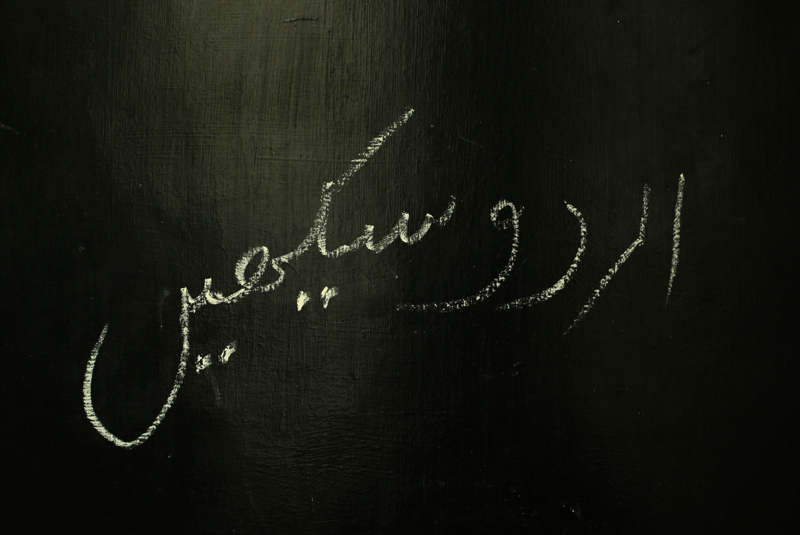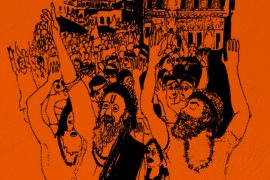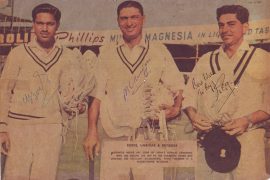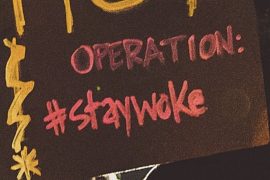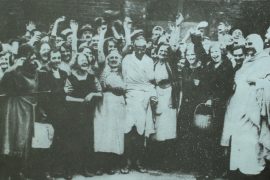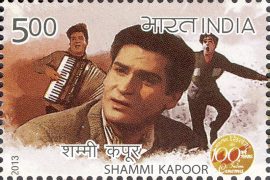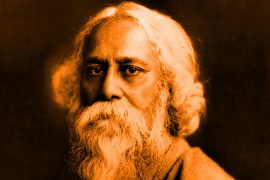Yaar mera khushbu ki tarah
Jiski zubaan Urdu ki tarah
Romance and Urdu language, for many South Asians, are inseparable. Urdu poetry has shaped our literary sensibility, both through the conventional channels of books, mushairas and individual public recitations as well as through Bollywood. In fact, Urdu rolls effortlessly on our “Hindi” film industry’s tongue.
Arguably, Urdu comes closest to a pan-Indian “Indian” language. Its beginnings in the Deccan and further evolution in and around Delhi and Lucknow gave it an unusual expanse—first among the administrators and the literati and gradually among the masses. Post-Independence, the space for Urdu shrank in the official circles in India, but the fascination for it among the educated class has only intensified.
Anita Desai, one of India’s foremost Indian English novelists, demonstrates that fascination in her novel Clear Light of Day (1980), in which a young Hindu man, enamoured by Urdu poetry and its attendant culture, becomes a steward to his aristocratic Muslim neighbour’s property in the traumatic post-Partition period. Salman Rushdie makes a tongue-in-cheek comment in his Midnight’s Children (1981) that “…English lacks the thunderclap sound of … Urdu,” but that doesn’t discourage Anita Desai who penned a full-fledged English novel with Urdu as the central character.
-30-
Copyright©Madras Courier, All Rights Reserved. You may share using our article tools. Please don't cut articles from madrascourier.com and redistribute by email, post to the web, mobile phone or social media.Please send in your feed back and comments to editor@madrascourier.com

